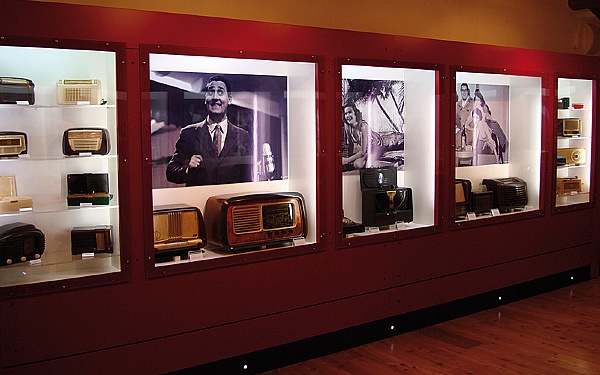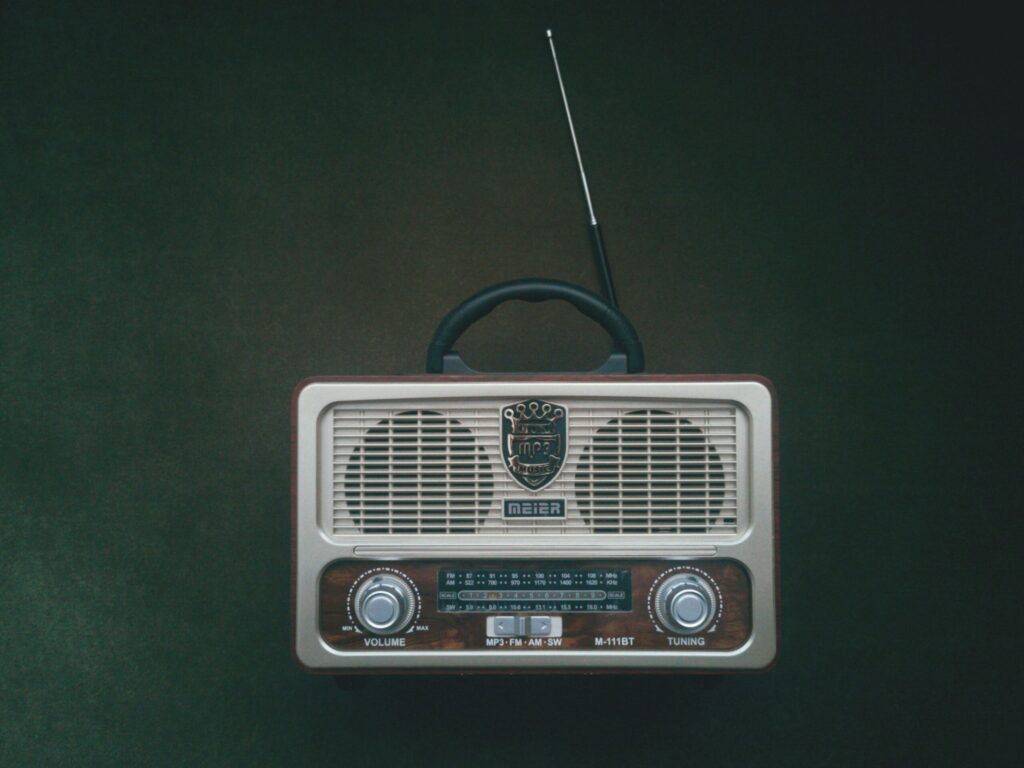13 February – Proclaimed by UNESCO, World Radio Day. An occasion to retrace the evolution of this timeless means of communication
Not a random date, since on the same day in 1946 the United Nations radio was founded. According to the UN, radio is the platform par excellence where democratic dialogue takes place and is the most widespread means of communication in the world. And it is precisely this immediate accessibility that is the reason why radio, despite its ageing year after year – the first radio service dates back to 23 February 1920 and the first sports radio report to 11 April 1921 – remains young and dynamic. A fast media that did not die with the advent of television and has not died out with the spread of the internet.
Speaking of components, the radios that began to populate the homes of Americans and Europeans in the 1920s and 1930s were wooden boxes, often with refined aesthetics, with a few external control knobs, externally mounted valves, an external frame antenna and a horn loudspeaker like that of gramophones. In the 1940s, more industrially manufactured devices and smaller radio receivers began to be produced to be kept in the kitchen or on bedside tables. The first plastics such as Bakelite were used as a substitute material for wood. It was the invention of the transistor in 1947 in Bell Laboratories (USA) led by W. Shockley that marked the end of valve radios. In 1954, the American company Regency produced and marketed the first all-transistor radio. Although it can now also be listened to from a PC or Smartphone, the radio as a piece of furniture still has its undeniable appeal and over time has added technology and functionality that was initially absent.
Source: www.vanityfair.it
VINTAGE RADIO MUSEUM IN CISON DI VALMARINO

The Museum is housed on the top floor of the prestigious “La Loggia” Theatre in an area of about 250 square metres. The exhibition aims to highlight not only the technological and aesthetic evolution of the radio, but also the different social and cultural function that this object has played over time.
Among the pieces on display are some particularly valuable ones such as the Sluchawscki Detefon Mod DT2, a very small but highly efficient Polish galena radio from 1920, the American RCA Mod Radiola 18 from 1928-29 with its beautiful walnut cabinet and loudspeaker known as ‘Napoleon’s Hat’, and the Safar Mod 2940 radio-phonograph designed in 1938 by an illustrious Cisonese, engineer Virgilio Floriani.
The exhibition route is also equipped with an audiovisual system with images that allow for an interaction with the visitor that evokes the particular historical evolution of the radio.




